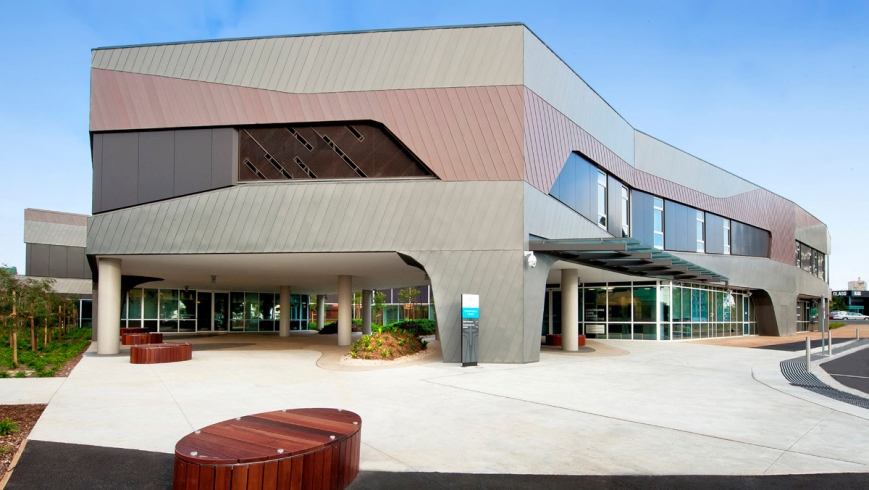A boost in specialist surgeries offered at Werribee Mercy and the city’s population boom have been blamed for a blow-out in the hospital’s elective surgery waiting list.
Victorian Health Services performance data reveals Werribee Mercy’s elective surgery list went up from 546 patients in the March quarter of 2016 to 813 by the December quarter last year, a rise of 48 per cent in six months.
The hospital’s health services chief executive, Linda Mellors, said the expansion of elective surgery services the hospital offers, combined with population growth, could explain the rise.
“Werribee Mercy Hospital is now offering a greater number of surgical specialities, including general surgery, such as hernia repair and gall bladder removal, urology and orthopaedic surgery,” Dr Mellors said.
“This increase in services and population growth in Melbourne’s west have resulted in local GPs referring more patients to the hospital for their elective surgery needs.
“The hospital is also now performing more complex surgeries, which impacts on elective surgery wait times.”
Wyndham’s population boom is also attributed as the reason Werribee Mercy fell short of state government benchmark times for emergency presentations during the 2016 December quarter.
The new health data shows Werribee Mercy’s emergency department treated only 64 per cent of its 9936 patients within the target times.
The most urgent cases – category one and two patients – were all seen well within state government benchmark times, but only 58 per cent of category four patients – people presenting with mild bleeding, a head injury, possible bone fractures and the like – were treated within the one hour standard wait time.
The category four benchmark is for 81 per cent of patients to be seen and treated within an hour of presenting.
Dr Mellors said presentations to Werribee Mercy’s emergency department have jumped by about 20 per cent in the past six months alone, a spike she says is responsible for slower treatment times for non-urgent cases.
“Our performance for treating category two patients has improved in the past 12 months,” she said.
“More than half of all category one, two and three patients … were treated within 14 minutes in the December quarter – down from 17 minutes for the same period in 2015.”







